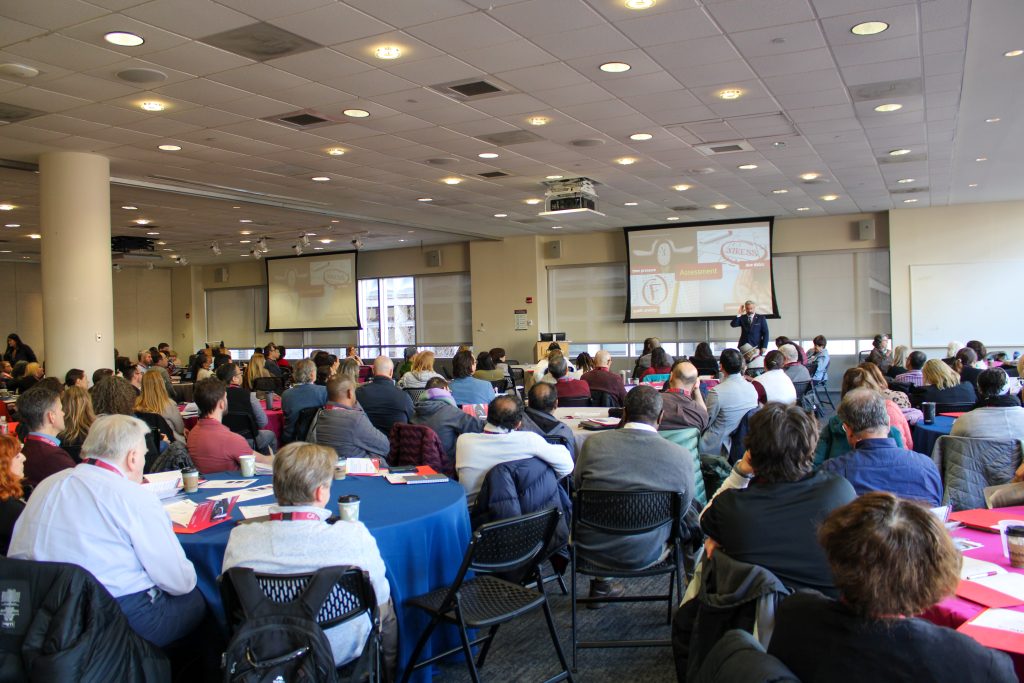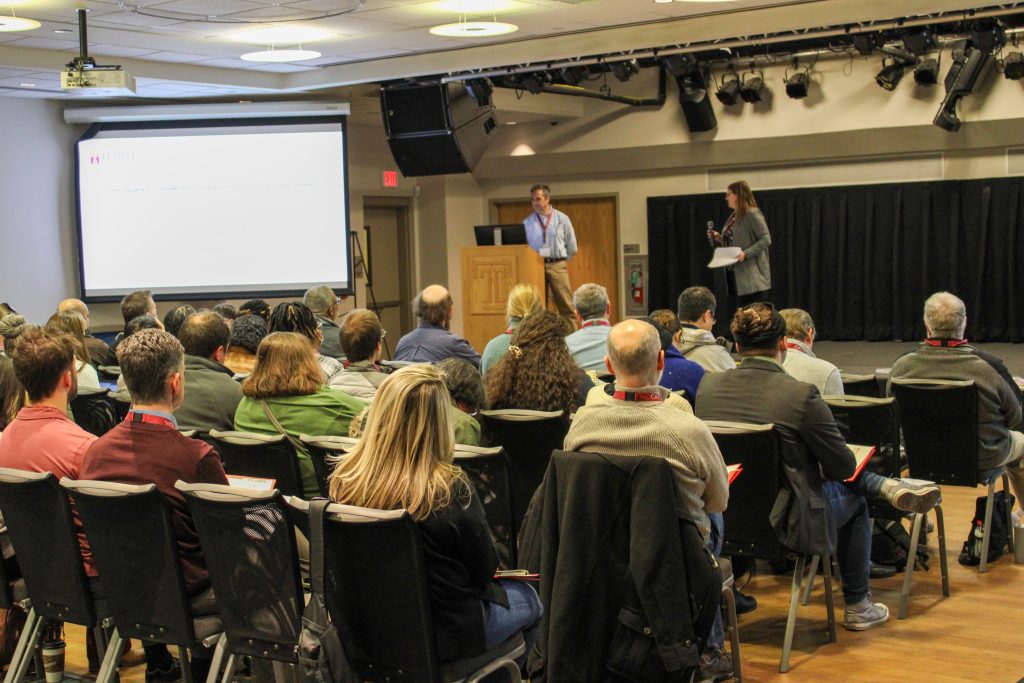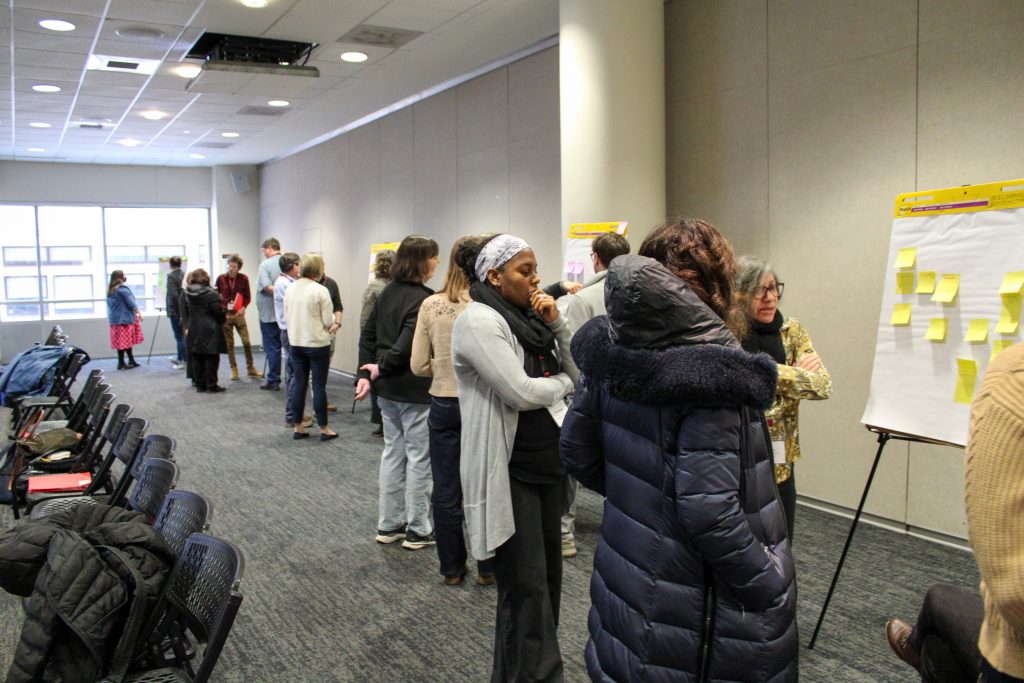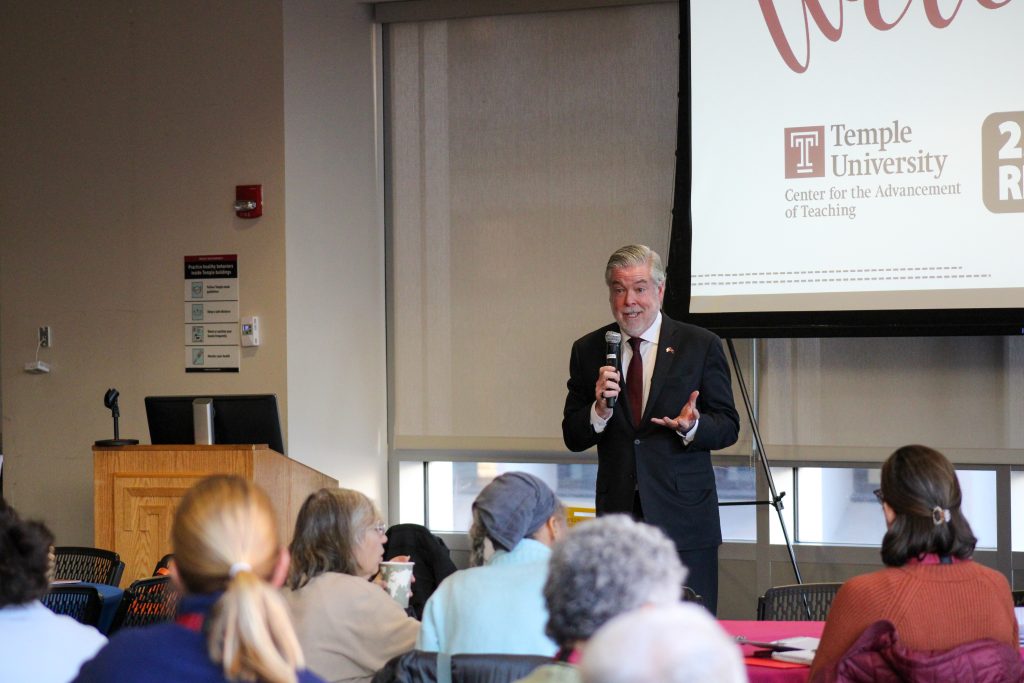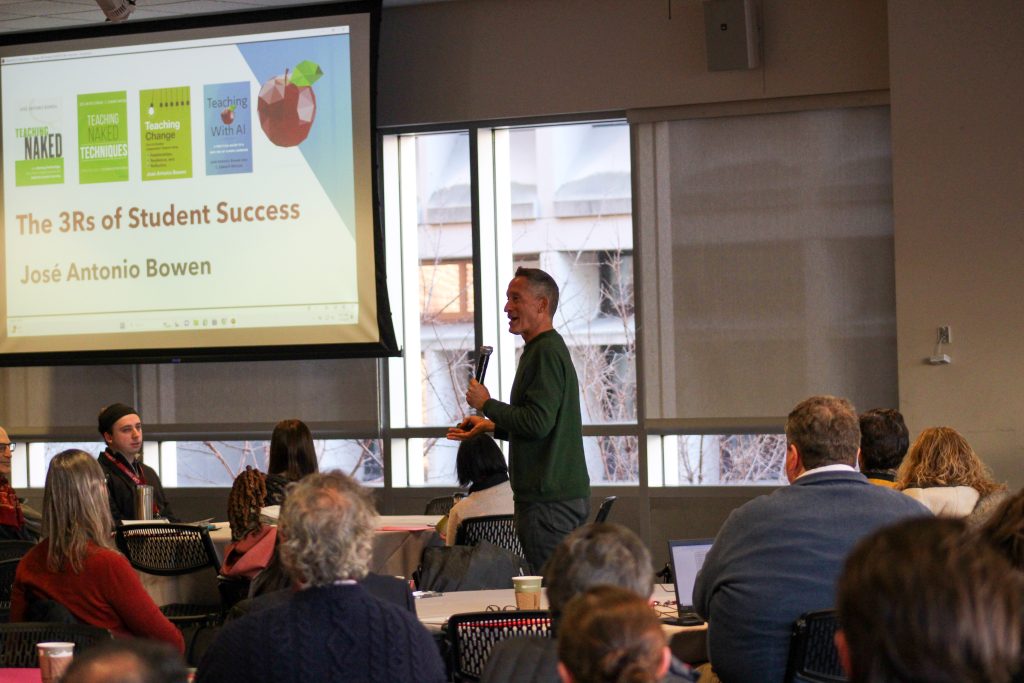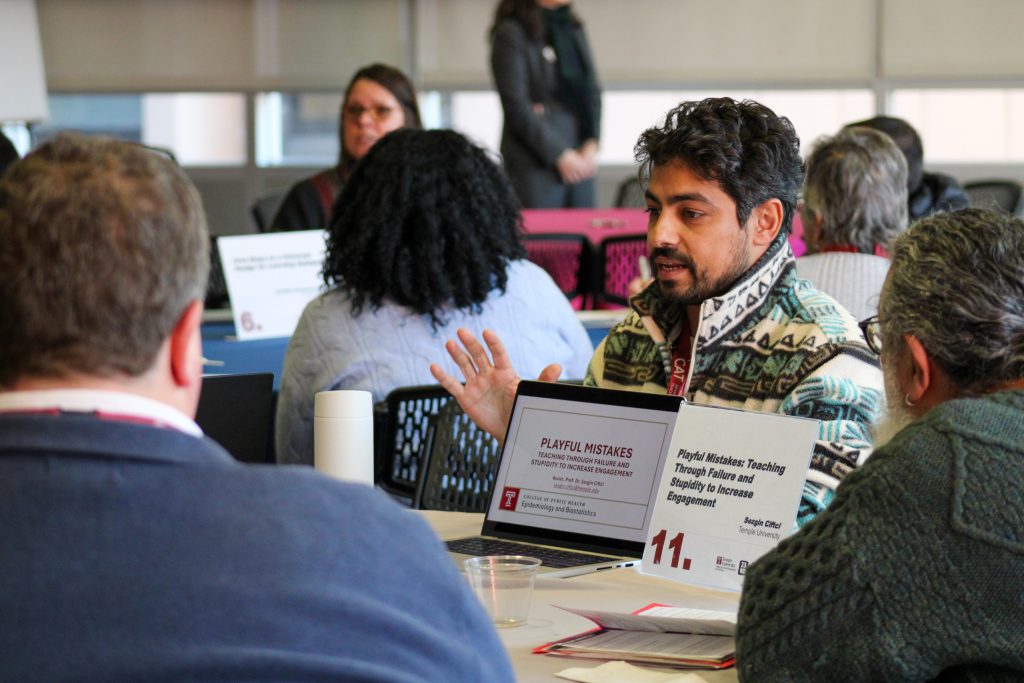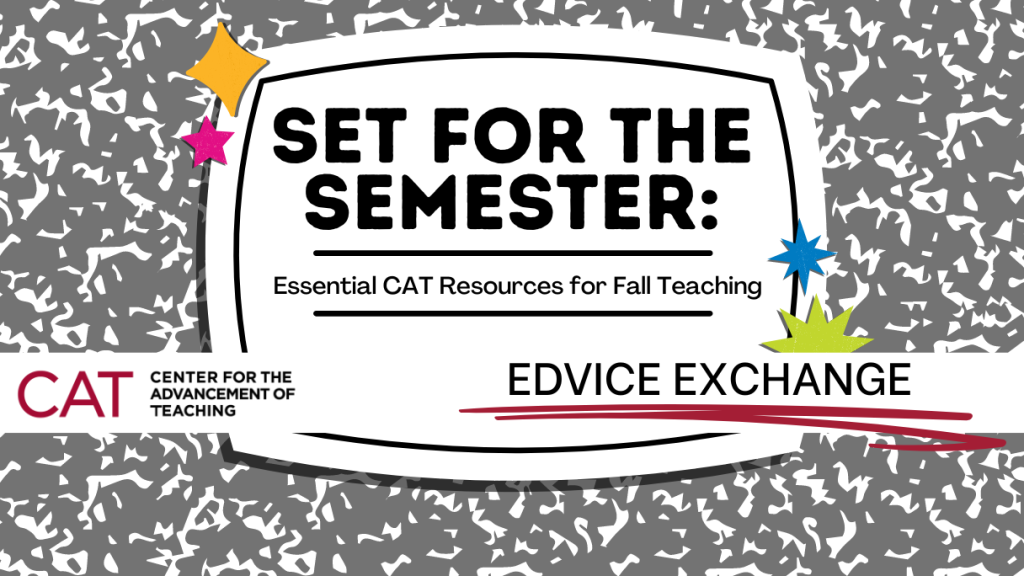By Dana Dawson
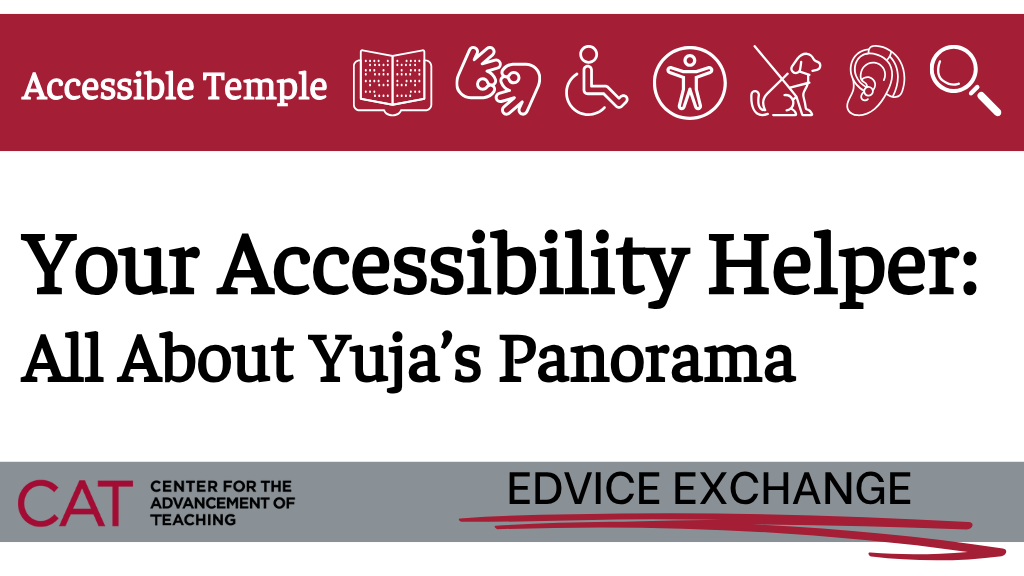
If you’re relatively new to digital accessibility considerations (as many of us at the CAT were at the beginning of this initiative), learning about the many ways in which your digital course materials may be inaccessible can feel overwhelming. The first step towards understanding the core principles of digital accessibility will be engaging with CAT’s training on how to make your digital materials accessible. But even after training, you may not remember everything you need to check before posting documents, PowerPoint slides, videos, etc. Will all the steps to making a PowerPoint or video accessible stay with you until the moment you need to create or remediate that new slidedeck or lecture recording? This is where YuJa’s Panorama comes in!
Panorama is a tool that integrates with Canvas and helps identify and sometimes fix digital materials that are inaccessible so that you can ensure all of your students can readily access your course content. Panorama assesses each item created in, or uploaded to your Canvas course and offers an accessibility report and rating. In CAT’s accessibility training, we will provide an opportunity for you to understand and practice how to use Panorama, but here is an explanation of the basic implementations of this useful tool.
In your course Modules, Panorama will place an icon next to each item that indicates its level of accessibility. Here’s an example from one of the CAT’s Canvas sites:

Accessibility is a spectrum; because every individual has their own particular needs, digital items will be more or less accessible, and Panorama can help us ensure that our materials are the most accessible they can be according to current standards and practices. In the above image, a green smiley face icon signals that the item is most likely to be fully accessible (though PDF’s often have accessibility issues that are not flagged by Panorama and so must be manually checked), a yellow “meh” face icon signals some accessibility issues that require attention, and a red sad face icon signals that the item requires significant remediation. Items outside of Canvas that you provide links to cannot be assessed by Panorama and will not have an accessibility report.
In Modules, clicking the smiley green, “meh” yellow, or sad red icon will allow you to access the Panorama tools for items built in Canvas such as Assignments, Discussions, and Pages. If an item such as a PDF or PowerPoint file is uploaded to Canvas, clicking the icon opens an accessibility report and alternate formats menu. From there, by clicking on the Accessibility Report box, you will be able to review the full accessibility report which identifies specific issues, provides information on how to remediate those issues, and sometimes allows you to fix the identified problems within Panorama’s interface.
Many of our Canvas sites include a large number and wide variety of materials, so remediating our digital artifacts may be daunting. Consider getting started by reviewing what your students will use first and most frequently throughout your course and then move on to the materials flagged as having the most issues. Tackle the items marked by red, unhappy icons first before moving onto other items.
While Panorama will be a helpful tool in identifying and helping to fix inaccessible digital materials in your courses, it is not perfect and cannot replace having a grasp of best practices for creating digital materials that won’t require remediation. Our recommended approach is to join our workshop series to fully understand how to create accessible digital course materials and to learn how to use Panorama as a supplement to your own knowledge and understanding.
Ready to get started? Check out our Accessible Temple web page or sign up for an upcoming workshop. Have questions? Email us. We’re here to help!
